Interreligious Studies emerged in the late 1990s and was institutionalized as an academic discipline with its own research agenda during recent years. The emphasis in this field of research is on interreligious relations of all kinds, including conflict and confrontation as well as cooperation and dialogue (Leirvik 2014: 7). As Paul Hedges pointedly argued, Interreligious Studies focuses “on the dynamic encounter and engagements between religious traditions and persons” (Hedges 2013: 1077). Interreligious Studies, therefore, defines research with an emphasis on the dynamics and processes of exchange that materialize through interactions among participating social agents.
Interreligious Studies, so far, lacks a major component of research: namely, an explicit focus on the study of ritual. Based on my considerations and examples, I argue that rituals are a major means of shaping and reshaping interreligious relationships. My objective is to introduce inter-rituality as a new approach to the field of Interreligious Studies. This attempt is substantiated by recent research on the sharing of sacred sites and the participation of different religious communities in the celebration of festivals or the performance of rituals (Fowden 2002; Stausberg 2004; Limor 2007; Bowman 2012). As ethnographic research has shown, forms of ritual interaction occur in various geographical locations and are key for the formation of interreligious relationships (Aggarwal 2001; Hornborg 2009; Albera/Couroucli 2012; Prager 2013; Kreinath 2014). Aside from the relevance of shared pilgrimage sites in maintaining interreligious relationships, as studies suggest, various elements and features of ritual performances also play a major role in the formation of interreligious relationships. These relationships primarily emerge during times of ritual interactions due to contact at these sites and can lead to various forms of religious blending and mixing through processes of ritual exchange (Meri 1999; McGuire 2007; Kreinath forthcoming).
Inter-rituality as an Analytical Framework
The starting point is identifying the types of rituals that are considered primary objects of study. In proposing an approach to inter-rituality, namely how rituals relate to one another, Gladigow stressed that the types of rituals to be considered are those that do not have only one function, meaning, or message, but rather consist of the codification and combination of numerous distinct elements and features: ritual postures and gestures or ceremonial acts and movements (Gladigow 2004:59–60). These elements are used to design and compose ritual sequences and are recognized by those who participate in the performance of these rituals (Gladigow 2004:60–63). In the study of such rituals, Gladigow stressed the importance of studying the dynamics of exchange, which facilitate the analysis of how various elements and features of ritual performances are borrowed or referenced (Gladigow 2004:63–65). This approach helps to determine how ritual performances relate to one another on various layers. Moreover, these processes of ritual exchange become indicative of the dynamics of ritual change and lead to new forms of blending and mixing.
Inter-rituality is here defined as the study of all kinds of relationships facilitated through rituals—including their numerous elements and features—that members of different religious communities use and recognize in establishing interreligious relationships. Inter-rituality, therefore, can be applied to the relationships among rituals within a given religious tradition, as well as to those relationships that practitioners and participants establish across different religious boundaries through blending and mixing of rituals. The goal of emphasizing inter-rituality is to determine the various ways in which rituals in one tradition can refer to rituals in another and how they facilitate the establishment of interreligious relationships. Therefore, the introduction of inter-rituality is intended to integrate the fields of Interreligious and Ritual Studies and to broaden each area as well. An emphasis on inter-rituality thus expands the scope of research in both fields of study because it neither focuses exclusively on specific types of rituals, nor inquires only of interreligious encounters without being grounded in the study of ritual practice.
For these reasons, I submit that inter-rituality creates a new field of study that contributes to the study of interreligious relations and rituals:
1) It adds to the study of interreligious relations by taking the religious practice of ritual as a point of departure.
2) It considers the dynamics in the processes of exchange in interreligious encounters established through ritual performance.
3) It sets the various forms of representation and reference made in ritual as integral to processes of ritual exchange.
4) It enhances the reflexive approach to the study of interreligious relationships by adopting an ethnographic perspective to capture the local point of view through the practice of ritual.
Study of Inter-rituality in Local Contexts
In studying the relationships among rituals in an interreligious context, it becomes apparent that ritual traditions blend into one another. This is mainly due to members of different religions interacting with one another. Through such interactions, ritual traditions become part of the interreligious processes of exchange. Different religious traditions are likely to blend particularly in contact zones, as the practitioners and participants interact on various levels. It is through the performance of rituals that the individual agency of participants shapes how religious traditions are negotiated and maintained in interreligious encounters. The adjustments individual agents make in situations of contact, through postures and gestures or acts and movements, are here conceptualized as the economies of ritual exchange. As agents, they make strategic decisions about how they interpret or relate to other religious traditions through inclusion or exclusion. This type of ritual economy is based on the assumption that every form of contact or encounter through ritual performances leads to processes of exchange. Every contact therefore has an effect on how the participants perform their rituals. It can lead to processes of blending and mixing or include forms of resistance and further differentiation, but it certainly transforms interreligious relationships among the respective traditions involved (Kreinath 2004:267–272).
Members of different religious groups exemplify these processes through visits to interreligious pilgrimage sites in Hatay, the southernmost province of Turkey (Fig.1). These processes are also seen in rituals of animal sacrifice that indicate blending and mixing. Besides the observation of similarities and differences in ritual practices at various locations in Hatay, a comparison of sacrifice rituals and visits to local pilgrimage sites will be pertinent for understanding how inter-rituality works. While the ritual postures and gestures may look very similar, the traditions of the different religious communities remain identifiable (Kreinath forthcoming).
Fig. 1: Map of Hatay. © T.C. Hatay Valiliği
Visits at Local Pilgrimage Sites
One of the most common exposures to interreligious encounters is visiting shared pilgrimage sites, common in Hatay for purposes of saint veneration. By shared pilgrimage sites, I refer to those sites that are visited by members of different religious communities. These sites are usually inherited and administered by a specific religious community; and, in Hatay, visited by members of different religious communities, including Sunni and Arab Alawi Muslims as well as Greek and Armenian Orthodox Christians living in various villages and cities. Practices of saint veneration at local pilgrimage sites include prayers and other forms of wish-making.
While some sites are visited on an individual basis, others are visited rather collectively. An example of the former are visits to the tomb of Habib-i Neccar, who is venerated based on the legend that he was the first convert to Christianity and, like John the Baptist, was beheaded for his testimony of faith (Busse 2000:155, 161–162). He is also venerated among Muslims because he is, in the local interpretation, commonly identified with a person mentioned in the Yasin Surah of the Qur’an who became the first convert to Islam. The main mosque in Antakya is named after him and is considered the oldest on Turkish soil (Tekin 1998:63). This tomb, which is located in the second basement of the mosque, is believed to contain the head of the martyr (see Fig. 2). It is visited by Sunnis and Orthodox Christians for the purpose of praying and wish-making. Sunnis tend to recite from the exemplars of the Yasin Surah, which can be found on or close to the tomb, while Christians perform their prayers in postures and gestures similar to those of Muslims, with open hands and palms facing upwards. Another tomb attributed to Habib-i Neccar, which is believed to contain the body of the martyr, is located in a nearby cave and is visited by Alawis who venerate this saint through the recitation of prayers from the Qur’an while burning incense.
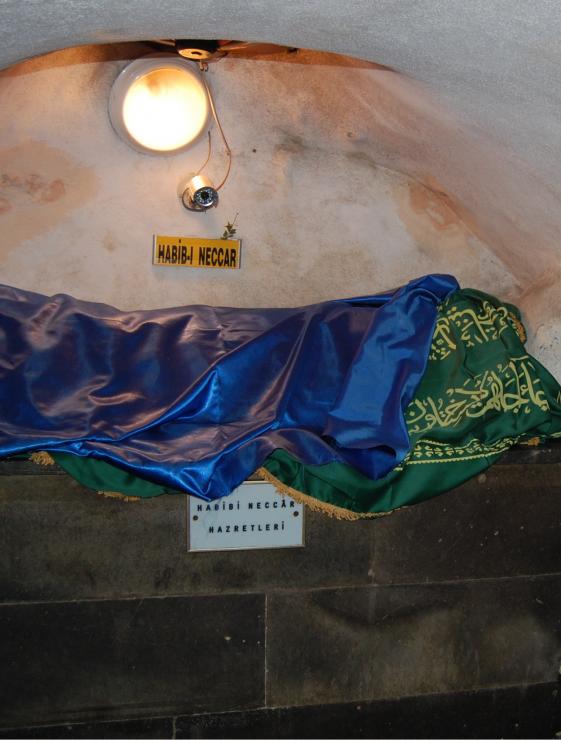
Fig. 2: Tomb of Habib-i Neccar. © Jens Kreinath.
A unique example for a local pilgrimage site visited by members of different religious communities is the Hızır pilgrimage site in Samandağ, which has a white-chalk rock in its center and is attributed to the meeting of Moses and Hızır, as believed to be indicated in the Kahf Surah of the Qur’an which is engraved in a marble stone surrounding the rock. This site is inherited and administered by Arab Alawis, but is also visited by Orthodox Christians and Sunni Muslims for saint veneration and wish-making (Türk 2009:72–76; Zubari 2011). Members of the different religious communities who visit this site individually and collectively perform their rituals of saint veneration with different degrees of informality (see Fig. 3). The rituals performed at this site usually consist of a sequence of ritual gestures that entail burning incense and circling the tombs while praying. Although these gestures are ritual elements common among all visitors, Sunnis and Alawis can be identified through unique differences in their postures and gestures. Sunnis place the right hand on their chest as a sign of respect while entering the sacred site. Alawis usually kiss the doorframes before entering the site or the tomb while circling around it.
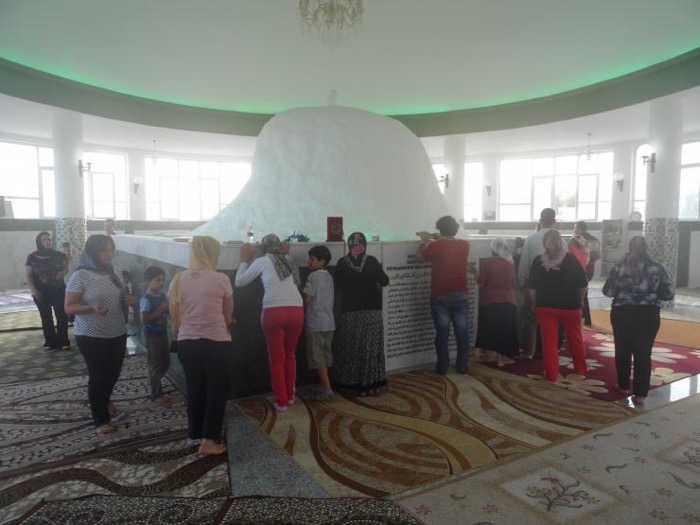
Fig. 3: Hazreti Hızır Pilgrimage Site in Samandağ. © Jens Kreinath
The celebration of festivals dedicated to the saints of the different religious traditions provides possibilities for interreligious encounters, particularly when they are attached to local pilgrimage sites visited by members of the religious communities. One of the most well-known festivals in this regard is the celebration of Saint George day, when Orthodox Christians perform their prayers and their rituals of wish-making (Türk 2002:131–134; Usluoğlu 2012:149–153). This festival is celebrated at the St. George Church in Iskenderun (see Fig. 4). The act of saint veneration involves a sequence of ritual gestures: lighting of candles, writing a wish on a piece of paper, and touching icons with said piece of paper while moving along the walls of the church. Throwing the wish into the sanctuary while performing prayers seals the wish and completes the ritual. Similar practices can be found at a tomb close to the graveyard on this church compound. Members of the Sunni and Alawi communities from the neighborhood also celebrate this festival on their own terms by joining the Christians in similar practices of praying and wish-making. The differences in worship among these groups can often only be distinguished through unique details in their ritual postures and gestures (Kreinath forthcoming).
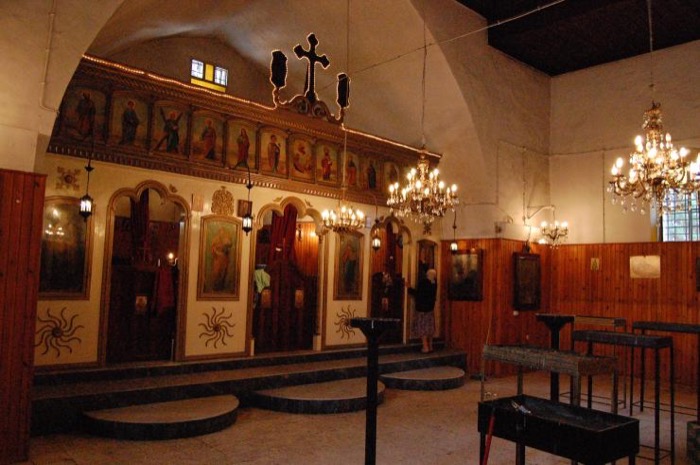
Fig. 4: St. George Church in Iskenderun. © Jens Kreinath.
Another sacred pilgrimage site shared by Alawis, Sunnis, and Christians is named after Şeyh Yusuf el-Hekim and known for its powers of dreaming and healing (Karasu 2010:97, 100–101; Can/Abacı/Kadıoğlu 2011). This site is attributed to a doctor who supposedly lived in the 13th century and helped both Christians and Muslims during and after the times of the Crusades (Procházka-Eisl/Procházka. 2010:126). The tomb at the center of this site is circled for veneration, prayer, and wish-making (see Fig. 5). Most visitors come to this site on a Thursday and stay overnight, when the power of the prayers is believed to be the strongest. Before entering the site, visitors put incense into the furnace to the right of the shrine’s entrance. I witnessed a Christian performing the sign of the cross while standing in front of the shrine and Sunnis performing the ritual prayer right beside the tomb while using a prayer rug and facing Mecca. Practices of wish-making, which are usually shared regardless of religious affiliation, often consist of knotting cloth stripes on the iron window grating or in the trees. People also bring water canisters and place them directly at the tomb for blessings (Kreinath 2014:45–46, 49–54).
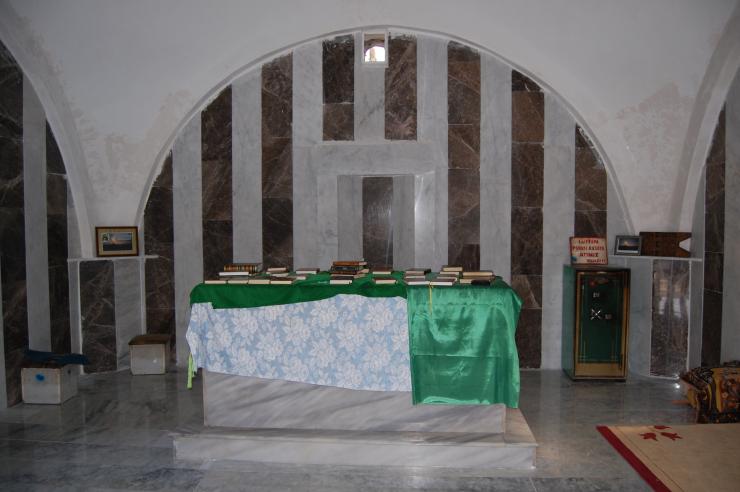
Fig. 5: Tomb of Şeyh Yusuf el-Hekim. © Jens Kreinath.
The analytical framework set up through inter-rituality facilitates the study of the various dynamics resulting from the economies of ritual exchange taking place among the members of the different religions. It is important to study ritual in the context of its specific timeframe and location and with regard to the members of different religious communities participating. Moreover, it is important to consider how ritual agents reference other rituals through citation or imitation of ritual postures and gestures or acts and movements.
Shared Traditions of Sacrifice Rituals
Visits to local pilgrimage sites reveal a certain degree of informality, and allow for the discovery of similarities and differences based on direct observations of ritual interaction among practitioners and participants. However, the study of sacrifice rituals requires a different level of analysis because these rituals are performed within the respective religious communities and do not involve direct interaction with members of different communities. Often, sacrifice rituals are performed in conjunction with visits to local pilgrimage sites and include the distribution of sacrificed meat, which often crosses the boundaries of religious communities. Even though the differences in the interpretation of ritual elements and features are much clearer, their formal similarities can be observed across the different communities. Despite the different times and locations of sacrifice rituals, their similarities justify viewing them as part of the local interreligious culture.
Sacrifice rituals in Hatay are performed on special occasions, usually on a given day in commemoration of a legendary event or in dedication to a central saint of the respective religious community; however, they are also made on an individual basis after the fulfillment of a wish. Regardless of the specific occasion and location of the sacrifice, the ritual of animal sacrifice is common among all the religious communities outlined above. Rituals of this kind are public events and usually require a social setting that exceeds the private sphere of individual families. The preferred animals for ritual sacrifices are sheep, cows, or other permitted animals. Meat is then distributed among the members of the communities, often transcending boundaries of religious communities. Although the practice of distributing the sacrificed animal meat to the community is similar, the process of killing the animal differs across the communities. The dish immediately prepared from the sacrificed animal is called hrisi and is common among all religious communities that perform sacrifice rituals in Hatay (see Fig. 6).
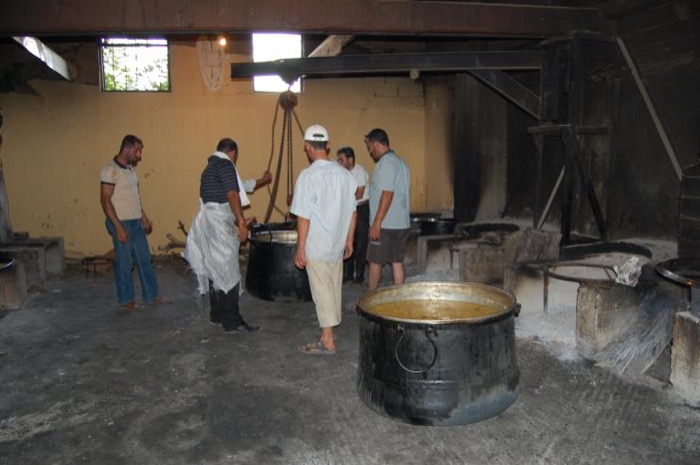
Fig. 6: Hrisi Prepared at the Hazreti Hızır Pilgrimage Site in Samandağ. © Jens Kreinath.
Ritual elements or gestures of animal sacrifice are shared across religious groups, but they are celebrated differently according to the specific religious traditions in Hatay. Among Sunnis, the feast of animal sacrifice (Arab.: eid al-adha) is celebrated during the month when Muslims go on Hajj to Mecca, namely on the 10th day of Dhul Hijjah (Bonte 1999). In following commonly known Islamic traditions, Sunnis imitate the model of Ibrahim, who was willing to sacrifice his own son, Ismail, to follow the command of his God (Brisebarre 1999). In commemoration of this unconditional act of faith, Sunnis in Hatay, and elsewhere, perform the animal sacrifice ritual on the given date either at home or at a local butchery, depending on the availability of space and facilities. The sacrifice is completed with the distribution of the sacrificed meat, which is divided in even portions given to family, neighbors, and the poor. Sunnis additionally perform the act of sacrifice on occasions when a wish is fulfilled. In principle, the same procedures are observed as during the feast of the animal sacrifice.
The Arab Alawis perform animal sacrifices according to procedures similar to those practiced among the Sunnis. However, there are significant differences in regard to timing and location. While the Alawis, like the Sunnis, perform rituals of animal sacrifice after the fulfillment of a wish, the Alawis perform animal sacrifices on every religious feast throughout the year. By following the lunar Islamic and the solar Christian calendar, they celebrate both Muslim and Christian festivals along with the worship of their own saints and prophets resulting in different scales and frequencies of their sacrifices. Their festivals include a gathering of the whole community, which is preceded by a ritual prayer performed by the sheikh of the community or village among the initiated male members. The sacrifices are often made at the local pilgrimage site, which provides the necessary facilities for animal sacrifices (see Fig. 7). One of the most significant features is that they only sacrifice young male animals, as the sacrifice of females is religiously forbidden. Besides, only male members of the family perform the sacrifice, but everyone helps to prepare the feast and the meals that go along with it. Unlike in the Sunni tradition, the sacrificial meat is usually distributed evenly among all present participants.
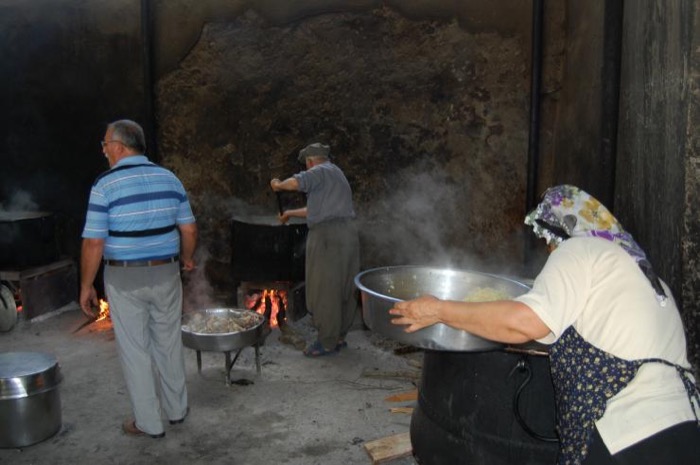
Fig. 7: Animal Sacrifice at the Hızır Pilgrimage Site in Harbiye. © Jens Kreinath.
Different from commonly accepted notions, Orthodox and Armenian Christians in Hatay perform rituals of animal sacrifice, which resemble, in some significant features and elements, those performed among their Muslim neighbors. However, the time and location for the sacrifices are certainly different. One of the animal sacrifices among Orthodox Christians, in which I participated, was performed on the saint’s day of Elijah. On the 20th of July, the whole village community, which is exclusively Orthodox Christian, visited the Elijah pilgrimage site. The site lies on top of a mountain and consists of a tomb and an olive tree shading its center. The Prophet Elijah is venerated at this site by lighting candles, burning incense, and praying while circling around the site. An integral part of the Prophet Elijah’s festival was the sacrifice of a sheep, which was supposed to circle three times around the sacred site after have its ear sliced in order for the people to receive blessings (see Fig. 8). The sheep was not sacrificed onsite but put on a truck and taken to a slaughterhouse after the completion of this ritual at the pilgrimage site. After the animal was slaughtered, the parts were separated into three even portions and distributed accordingly to family members, neighbors, and the poor, clearly resembling the practice among Sunni Muslims. While some elements of the sacrifice ritual among Orthodox Christians resembled those of the Sunnis, the features at the pilgrimage site resembled those of the Alawis.
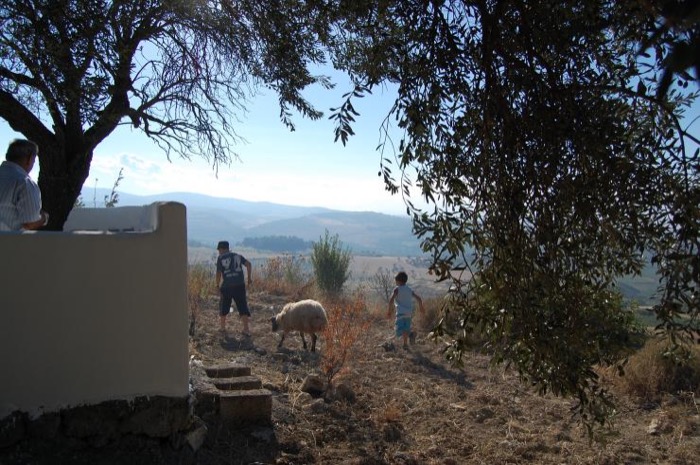
Fig. 8: Animal Sacrifice at the Orthodox Christian Elijah Pilgrimage Site. © Jens Kreinath.
In contrast, the Armenian Christians’ ritual of animal sacrifice more clearly resembled the elements and feature of Alawi ritual. The ritual sacrifice I witnessed among Armenian Christians was celebrated on the day of St. Mary’s ascent, on August 15. While the Armenian Christians slaughtered and butchered the sacrificial animals the night before, the preparation of the sacrificial meat took place on the church compound during the festival (Zubari 2012). It was prepared in seven huge kettles, which symbolized the seven Armenian villages and commemorated the Armenian massacre at the beginning of the early 20th century (see Fig. 9). The sacrificial food, also called hrisi, was distributed directly while people flocked into the church courtyard after the service. The whole Armenian village was involved, and guests from the Sunni and Alawi communities were invited to and participated in the meal. Again, the sacrificed meat was distributed on-site and evenly divided among those present. These festivities, which started the night before, mark the opening of the grape harvest for the Armenian Christians.
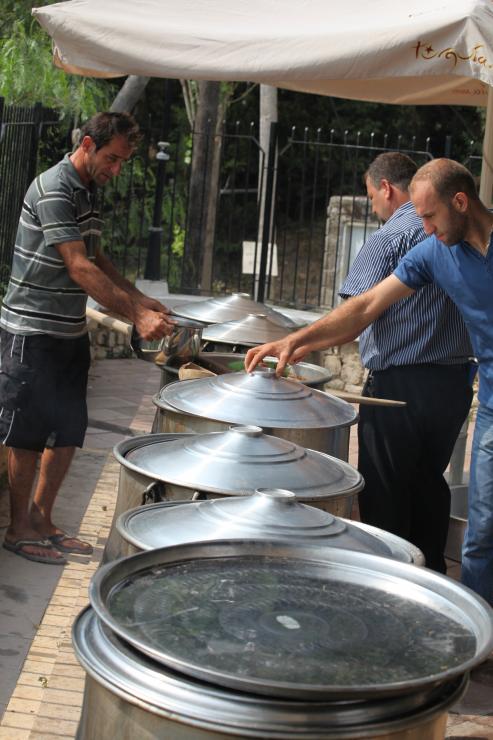
Fig. 9: Animal Sacrifice at the Armenian Christian Church in Vakıflı. © Jens Kreinath.
In an interreligious environment like Hatay, it is important to realize that processes of ritual exchange affect the various meanings and functions of the ritual elements and features through their different codifications and combinations. Therefore, complex rituals may, in part, lead to irreversible transformations through dynamics of ritual change. Although the members of each religious community perform their rituals in their own ways, their ritual performances inevitably relate to those of the other religious communities as they come into contact or leave their traces from former contact. In the context of religious diversity, rituals play a significant role in the formation of interreligious relations through forms of negotiation and contestation and also through assimilation and affirmation.
Conclusion
Emphasizing inter-rituality makes it possible to address the ritual dimensions of interreligious encounters. It facilitates the analysis of different codes and designs employed in ritual performance and accounts for the different processes of exchange involved in the transfer and transformation of ritual practices. Of major interest are the interactions of different religious communities and the ways in which they perform ritual practices and religious traditions in interreligious contact zones. When practitioners and participants employ practices of blending and mixing or forms of resistance and differentiation in their ritual performances, they establish relationships with members of other religious communities. As shown through the ethnographic examples, interreligious relationships emerge in the contact zones established through processes of ritual exchange. The study of interreligious relationships through processes of ritual exchange employs an approach that emphasizes the formation of relationships and dynamics of change rather than ritual objects and entities.
Therefore, inter-rituality, as a new field of research, has the potential to address the dynamics of interreligious relations that emerge in different forms of reference established through ritual performances. Emphasizing inter-rituality allows me to identify emerging economies of ritual exchange in the context of interreligious encounters. It specifies the role of rituals in the formation of interreligious relationships by analyzing the ritual exchange processes and ritual change dynamics in contact zones. With a focus on processes instead of structures, the study of rituals in the context of an interreligious culture goes beyond the limited focus of ritual elements and features. It extends the scope to the study of practitioners and participants as ritual agents who establish relationships among different rituals by using and recognizing imitations and citations as references of other rituals in their vicinities.
Jens Kreinath is Associate Professor of Anthropology at Wichita State University
References
Aggarwal, Ravina. 2001. “At the Margins of Death: Ritual Space and the Politics of Location in an Indo-Himalayan Border Village.” American Ethnologist: 28, 549–573.
Albera, Dionigi, and Maria Couroucli (eds). 2012. Sharing Sacred Spaces in the Mediterranean: Christians, Muslims, and Jews at Shrines and Sanctuaries. Bloomington: Indiana University Press.
Bonte, Pierre. 1999. “Sacrifices en islam: Textes et contexts” In: Sacrifices en Islam: Espaces et temps d’un ritual, edited by Pierre Bonte, Anne-Marie Brisebarre, and Altan Gokalp. Paris: CNRS Éditions, 21–61.
Bowman, Glenn (ed.). 2012. Sharing the Sacra: The Politics and Pragmatics of Intercommunal Relations around Holy Places. New York: Berghahn Books.
Brisebarre, Anne-Marie. 1999. “La ‘Fête du sacrifice’: Le ritual ibrâhîmien dans l’islam contemporain.” In: Sacrifices en Islam: Espaces et temps d’un ritual, edited by Pierre Bonte, Anne-Marie Brisebarre, and Altan Gokalp. Paris: CNRS Éditions, 93–121.
Busse, Heribert 2000. “Antioch and its Habib al-Najar.” Jerusalem Studies in Arabic and Islam: 24, 155–197.
Can, Rana, Lema Çapar Abacı and Selim Kadıoğlu. 2011. Öldükten sonra da Şifa Dağıtan bir tıp Adamı: Şeyh Yusuf el Hekim [A physician’s practice of medicine after his death: Şeyh Yusuf El Hekim]. Lokman Hekim Journal: 1, 29–32.
Fowden, Elizabeth K. 2002. “Sharing Holy Places.” Common Knowledge: 8, 124–146.
Gladigow, Burkhart. 2004. “Sequenzierung von Riten und die Ordnung der Rituale.” in: Zoroastrian Rituals in Context, edited by Michael Stausberg. Leiden: Brill, 57–76.
Hedges, Paul. 2013. “Interreligious Studies.” In Encyclopedia of Sciences and Religions, edited by Anne L. Runehov and Lluis Oviedo. Dordrecht: Springer, 1076–1080.
Hornborg, Anne-Christine. 2009. “Praxis Dialogue: Catholic Rituals in Native American Contexts.” In Plural Voices: Intradisciplinary Perspectives on Interreligious Issues, edited by Patrik Fridlund, Lucie Kaennel and Catharina Stenqvist. Leuven/Paris/Dudley: Peeters, 37–54.
Karasu, Mehmet, and Nebihe Karasu. 2010. Antiochea’dan Daphne’ye: Tarih/Mitoloji [From Antiochia to Daphne: History/Mythology] Ankara: Ürüm Yazınları.
Kreinath, Jens. 2004. “Theoretical Afterthoughts,” in: Jens Kreinath, Constance Hartung, and Annette Deschner (eds): The Dynamics of Changing Rituals: Religious Rituals within their Social and Cultural Context, New York: Peter Lang, 267–282.
Kreinath, Jens. 2014. “Virtual Encounters with Hızır and Other Muslim Saints: Dreaming and Healing at Local Pilgrimage Sites in Hatay, Turkey.” In: Anthropology of the Contemporary Middle East and Central Eurasia: 2, 25–66.
Kreinath, Jens. forthcoming. “The Seductiveness of Saints: Interreligious Pilgrimage Sites in Hatay and the Ritual Transformations of Agency,” in: The Seductions of Pilgrimage, edited by Michael A. Di Giovine and David Picard. Farnham: Ashgate.
Leirvik, Oddbjørn. 2014. Interreligious Studies: A Relational Approach to Religious Activism and the Study of Religion. London: Bloomsbury.
Limor, Ora. 2007. “Sharing Sacred Space: Holy Places in Jerusalem between Christianity, Judaism and Islam.” In In Laudem Hierosolymitani: Studies in Crusades and Medieval Culture in Honour of Benjamin Z. Kedar, edited by Iris Shagrir, Ronnie Ellenblum and Jonathan Riley-Smith. Aldershot: Ashgate, 219–231.
McGuire, Meredith. 2007. “Sacred Place and Sacred Power: Conceptual Boundaries and the Marginalization of Religious Practices.” In Religion, Globalization, and Culture, edited by Lori G. Beaman and Peter Beyer. Leiden/Boston: Brill, 57–78.
Meri, Josef. 1999. “Re-appropriating Sacred Space: Medieval Jews and Muslims Seeking Elijah and al-Khadir.” Medieval Encounters: 5, 237–264.
Prager, Laila. 2013. “Alawi Ziyara Tradition and Its Interreligious Dimensions: Sacred Places and Their Contested Meanings among Christians, Alawi and Sunni Muslims in Contemporary Hatay (Turkey).” Muslim World: 103, 41–61.
Procházka-Eisl, Gisela and Stephan Procházka. 2010. The Plain of Saints and Prophets: The Nusayri-Alawi Community of Cilicia (Southern Turkey) and its Sacred Places. Wiesbaden: Harrassowitz Verlag.
Stausberg, Michael. 2004. “Monday-Nights at the Banaji, Friday at the Aslaji: Ritual Efficacy and Transformation in Bombay City.” In: Zoroastrian Rituals in Context, edited by Michael Stausberg. Leiden: Brill, 653–718.
Tekin, Mehmet. 1998. Habib Neccar of Antakya. Translated by Nurșin Ҫinçin. Aktakya: Zirem Basımevi.
Türk, Hüseyin. 2002. Nusayrilik (Arap Aleviliği) ve Nusayriler’de Hızır İnancı [Nusayrism (Arabic Alevism) and the Belief of Hızır among the Nusayris]. Ankara: Ütopya Yayınevi.
Türk, Hüseyin. 2009. Kültürlerin bin Yıllık Hoşgörüsü: Evliyalar Diyarı Hatay [The Millennial Tolerance of Culture: Hatay the Land of Saints]. Adana: Karahan Kitabevi.
Usluoğlu, Tevfik. 2012. Arap Hıristiyanlar: Değişim ve Etkileşim Boyutuyla Hıristiyan Kültürü [Arab Christians: change and interaction in Christian culture]. Ankara: Ütopya Yayınları.
Zubari, İsamil. 2011. “Samandağ’da Hızır İnancı [Hızır Belief in Samandağ].” Hatay: Aylık Külür ve Keşif Dergisi 47:38–40.
Zubari, İsamil. 2012. “Vakıflı’da șenlik vaaarr… [There is a Festival in Vakıflı].” Hatay: Aylık Külür ve Keşif
